Embarking on a Career in Data Analysis: Tips for Starting Your Journey
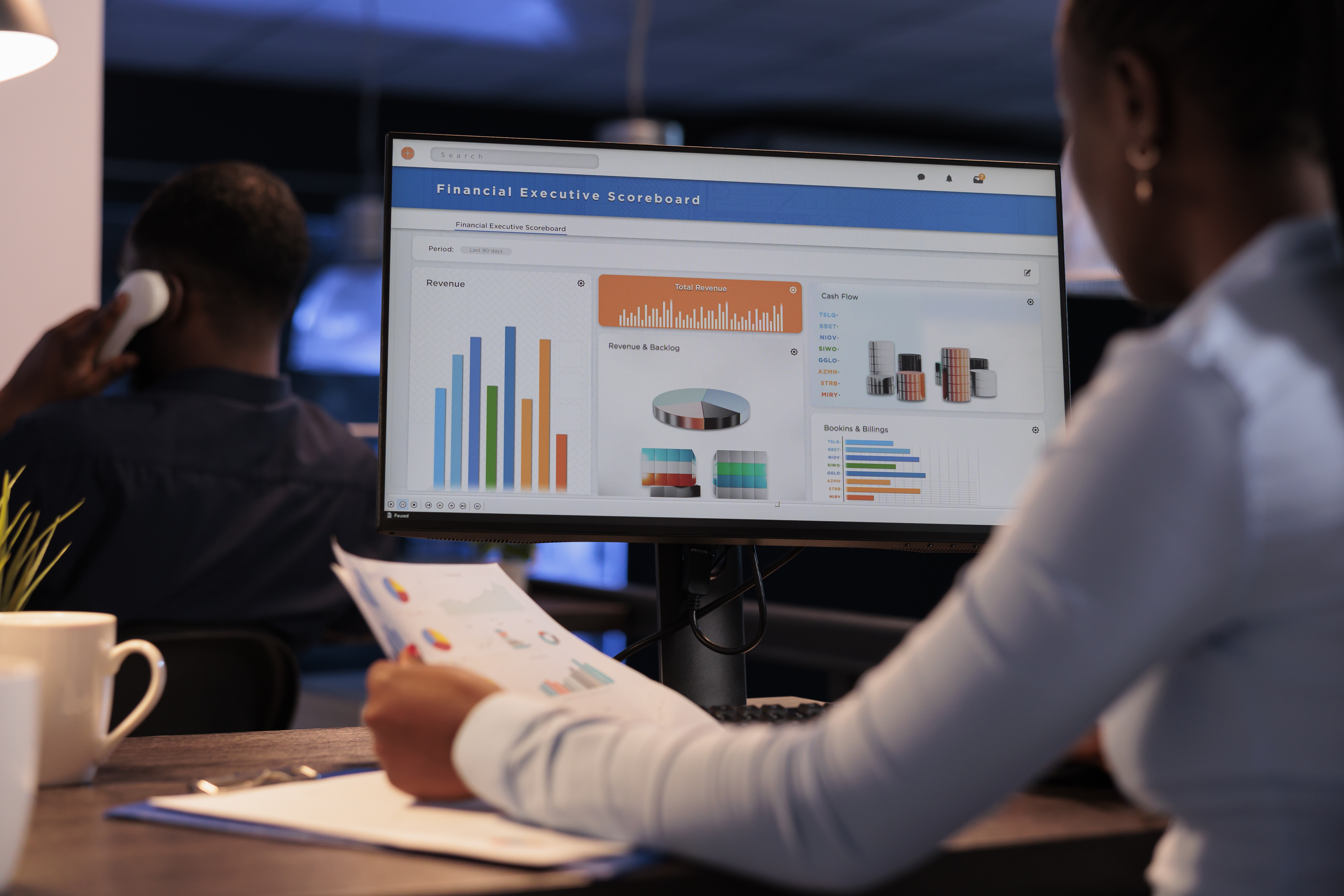
Data analytics refers to the process of collecting, processing, and analyzing large data sets to extract insights and identify trends. Data analytics is used in many industries, including healthcare, finance, marketing, and government. It involves a range of techniques, from basic data exploration and visualization to complex machine learning algorithms.
Data analytics involves several steps, including:
Data analysis is the process of cleaning, changing, and processing raw data, and extracting actionable, relevant information that helps businesses make informed decisions. The procedure helps reduce the risks inherent in decision-making by providing useful insights and statistics, often presented in charts, images, tables, and graphs.
Types of Data Analysis
There are a half-dozen popular types of data analysis available today, commonly employed in the worlds of technology and business. They are:
Data Analysis Method
There are many data analysis methods available, they all fall into one of two primary types: QUALITATIVE and QUANTITATIVE ANALYSIS
Qualitative Data Analysis: The qualitative data analysis method derives data via words, symbols, pictures, and observations. This method doesn’t use statistics. The most common qualitative methods include:
Quantitative Data Analysis: Statistical data analysis methods collect raw data and process it into numerical data. Quantitative analysis methods include:
As you embark on your journey to become a data analyst, here are some tips and tricks to help you achieve your goal:
There are several tools and technologies used in data analytics, including statistical software such as R and Python, data visualization tools like Tableau and Power BI,Excel and machine learning algorithms like deep learning and neural networks.
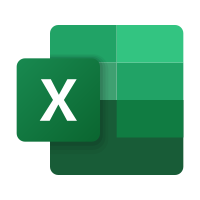
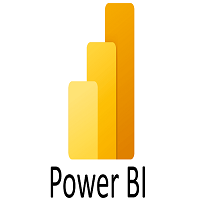

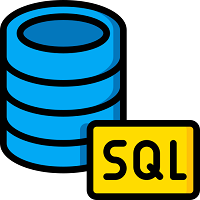
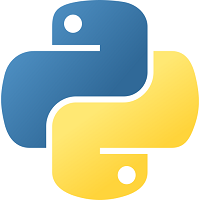
Remember, learning data analysis is a journey, not a destination. Stay committed, keep learning, and never stop exploring the vast and exciting world of data analysis.
Best of luck,
